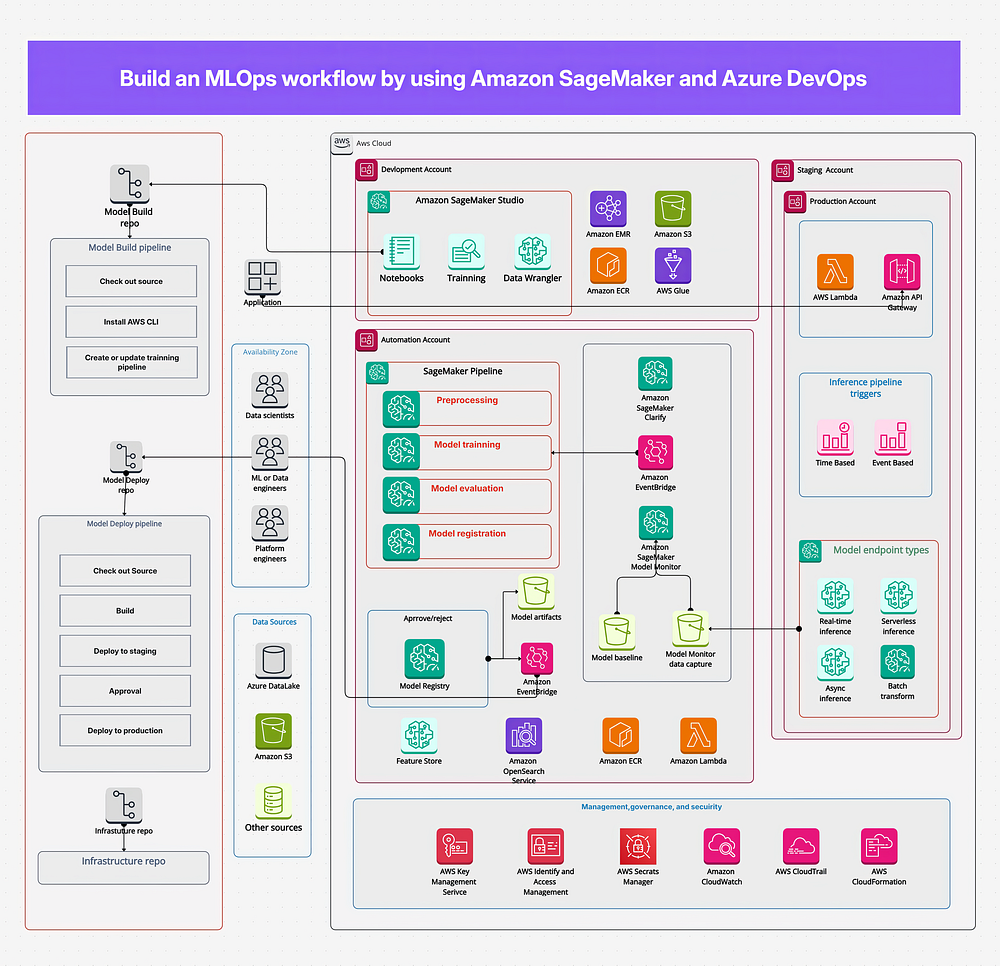Introduction to Apple’s New AI Approach
Apple is taking a new approach to training its AI models, one that avoids collecting or copying user content from iPhones or Macs. This approach is designed to improve features like email summaries without compromising user privacy.
How it Works
According to a recent blog post, the company plans to continue to rely on synthetic data and differential privacy to improve features like email summaries. For users who opt in to Apple’s Device Analytics program, the company’s AI models will compare synthetic email-like messages against a small sample of a real user’s content stored locally on the device. The device then identifies which of the synthetic messages most closely matches its user sample, and sends information about the selected match back to Apple. No actual user data leaves the device, and Apple says it receives only aggregated information.
Improving Genmoji and Other Apple Intelligence Features
The company already uses differential privacy to improve features like Genmoji, where it collects general trends about which prompts are most popular without linking any prompt with a specific user or device. In upcoming releases, Apple plans to apply similar methods to other Apple Intelligence features, including Image Playground, Image Wand, Memories Creation, and Writing Tools. For Genmoji, the company anonymously polls participating devices to determine whether specific prompt fragments have been seen. Each device responds with a noisy signal – some responses reflect actual use, while others are randomised.
Curating Synthetic Data for Better Email Summaries
While the above method has worked well with respect to short prompts, Apple needed a new approach for more complex tasks like summarising emails. For this, Apple generates thousands of sample messages, and these synthetic messages are converted into numerical representations, or ’embeddings,’ based on language, tone, and topic. Participating user devices then compare the embeddings to locally stored samples. Again, only the selected match is shared, not the content itself. Apple collects the most frequently-selected synthetic embeddings from participating devices and uses them to refine its training data.
Availability
Apple is rolling out the system in beta versions of iOS 18.5, iPadOS 18.5, and macOS 15.5. This approach signals a clear public effort to balance user privacy with model performance.
Conclusion
Apple’s new approach to training its AI models is a significant step forward in balancing user privacy with model performance. By using synthetic data and differential privacy, Apple can improve features like email summaries without compromising user privacy. As the company continues to roll out this system in beta versions of its operating systems, it will be interesting to see how effective this approach is in practice.
FAQs
- Q: What is Apple’s new approach to training its AI models?
A: Apple’s new approach involves using synthetic data and differential privacy to improve features like email summaries without collecting or copying user content from iPhones or Macs. - Q: How does Apple’s new approach work?
A: Apple’s AI models compare synthetic email-like messages against a small sample of a real user’s content stored locally on the device, and the device sends information about the selected match back to Apple. - Q: What features will Apple’s new approach improve?
A: Apple’s new approach will improve features like Genmoji, Image Playground, Image Wand, Memories Creation, and Writing Tools. - Q: Is Apple’s new approach available now?
A: Apple is rolling out the system in beta versions of iOS 18.5, iPadOS 18.5, and macOS 15.5.











